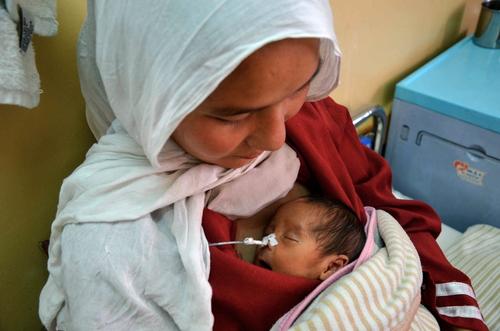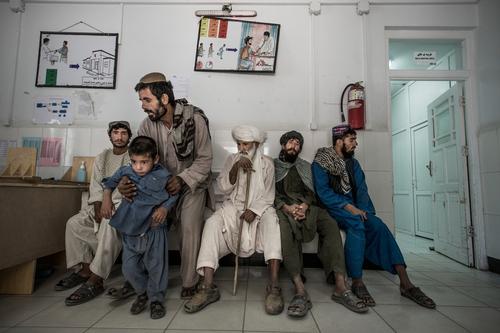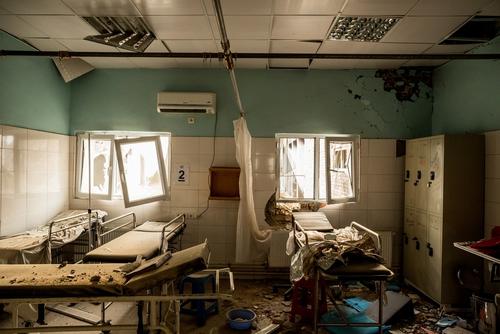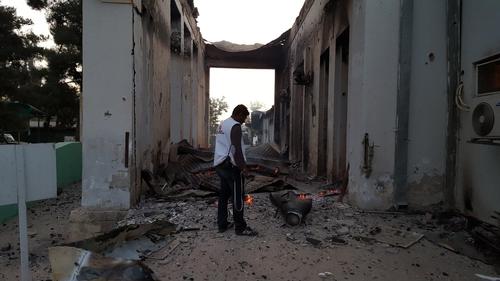Prematurity and low birth-weight are two of the biggest threats to neonatal survival worldwide. In Afghanistan, neonatal mortality remains high at 36 per 1,000 live births, and the country ranks ninth for deaths due to complications due to premature birth.
Care in the neonatal unit focuses on treating sick newborns as well as preventing complications in newborns at risk. Kangaroo Mother Care (KMC), or skin-to-skin care, is highly valued as a therapy that can benefit both. The newborn, wrapped together with its mother and held skin-to-skin against her chest, is kept warm, protected from infection, and able to breastfeed regularly. Evidence shows that when prolonged—more than 20 hours per day skin-to-skin, with regular feeding—kangaroo mother care reduces mortality. But even for shorter periods, skin-to-skin is a beneficial, ‘low-tech’ mode of care that is encouraged around the world.

Dr Nikola Morton in Dasht-e-Barchi
Dr Nikola Morton, paediatrician, and Laura Acheson, a neonatal nurse, were both passionate about consolidating skin-to-skin practice in Dasht-e-Barchi. They shared their experience of how skin-to-skin has become standard in MSF’s thriving Dasht-e-Barchi neonatal unit.
When Morton and Acheson consulted the mothers and caretakers they met in the hospital, the idea of skin-to-skin was well received. In fact, many mothers were already practising it with smaller babies in the home. In Dari, a variety of Persian spoken principally in Afghanistan, they called it “Baby growing with the warmth of the mother”.
Skin-to-skin care needs a safe and comfortable environment, as modesty and comfort are often cited as a barrier to implementing it. As in all other MSF maternal projects in Afghanistan, the Dasht-e-Barchi neonatal unit had anticipated this, dedicating a separate small room with five adult beds. With some simple modifications such as soft furnishings, and ensuring the door was closed for privacy, it was transformed into a welcoming space for the mothers and their babies.

Morton and Acheson also continued the emphasis on skin-to-skin as a routine part of newborn care in the neonatal unit. Rather than something “extra” for a stable baby, skin-to-skin should be supported whether a baby is on oxygen therapy, or fluids, or nasogastric feeding (through the nose). In Dasht-e-Barchi, the doctors now systematically prescribe “KMC” in their daily orders, and the nursing staff are also trained to initiate it with the mothers.
The success of implementing routine skin-to-skin care is exponential. The mothers themselves become the biggest advocates. They bond more closely with their babies, and are empowered as crucial caregivers for their babies, which is so important during an often dis-empowering experience when a newborn is premature and/or unwell.





